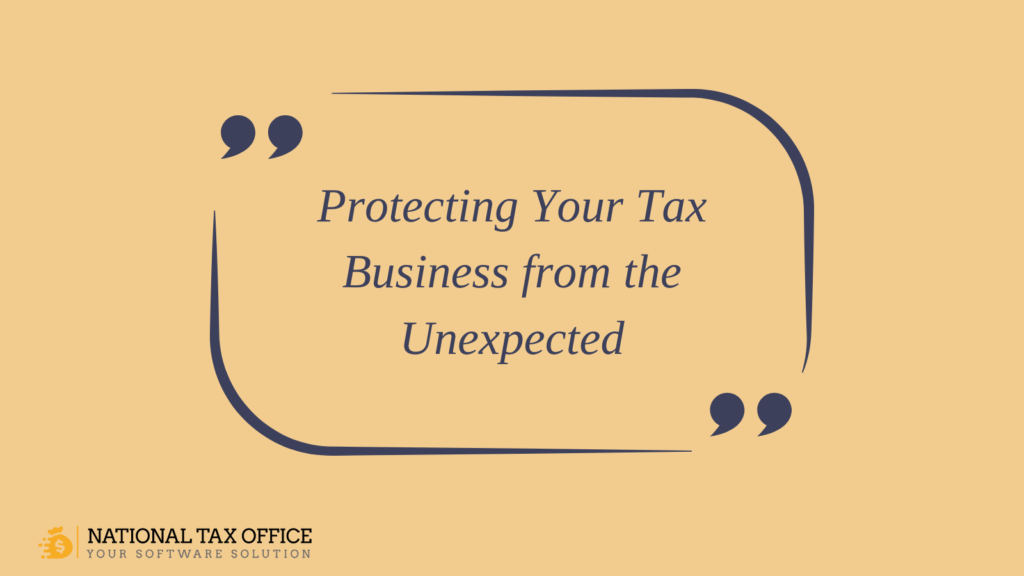Category: blog&news
If you’re a tax preparer, the idea of an unannounced visit from the IRS might sound stressful. However, these visits—known as “Knock and Talks”—are not meant to intimidate or penalize you. Instead, they’re part of the IRS’s efforts to ensure tax professionals like you are meeting due diligence requirements and understand how to avoid mistakes. Let’s break down what these visits involve and how you can be ready for them.
What Is a Knock and Talk Visit?
Knock and Talk visits are in-person meetings between IRS representatives and tax preparers. Their main goal? To help you comply with the IRS’s due diligence rules. These rules are especially important when dealing with refundable credits like the Earned Income Tax Credit (EITC).
The IRS uses these visits to:
- Educate tax preparers about compliance.
- Address patterns of errors or inconsistencies in prepared returns.
- Prevent improper practices before they become a problem.
These visits are not random. Typically, the IRS conducts them when they notice high error rates, unusual refund patterns, or other red flags.
What Happens During a Visit?
When the IRS comes knocking, they’re there to help you understand and improve your processes—not to cause unnecessary stress. Here’s what you can expect during a Knock and Talk visit:
- Introductions and Purpose:
- IRS representatives will explain who they are, why they’re visiting, and what they hope to accomplish. The tone is professional and non-confrontational.
- Review of Practices:
- They may ask questions about how you prepare returns. For example, they might inquire about how you verify client information or calculate credits.
- Educational Guidance:
- This is a chance for the IRS to provide tips, resources, and answers to your questions about compliance. If there’s an area you’re unsure about, they’re there to clarify it.
- Documentation Check:
- They may ask to see examples of your compliance records, such as Form 8867 (Paid Preparer’s Due Diligence Checklist) or other documentation you’ve retained.
- Follow-Up Plans:
- If they find areas for improvement, the IRS will explain what steps you should take and may schedule a follow-up to ensure changes are made.
How to Prepare for a Knock and Talk Visit
Preparation is the key to a smooth visit. Here are some tips to make sure you’re ready if the IRS comes to your office:
- Stay Organized:
- Keep your records in order. This includes forms, client information, and any supporting documentation used to prepare tax returns. The IRS recommends keeping these records for at least three years.
- Use Reliable Tools:
- Invest in professional tax software that simplifies compliance. Good software can automate calculations, provide compliance checklists, and securely store records for easy access.
- Train Your Team:
- Make sure everyone in your office understands what due diligence means and why it’s important. Regular training can help prevent mistakes and ensure consistency.
- Keep Learning:
- Tax laws change frequently. Stay informed by attending webinars, reading updates from the IRS, and participating in industry events.
- Practice Transparency:
- If you’ve made mistakes in the past, be upfront about how you’re working to improve. The IRS values honest efforts to comply.
Why These Visits Matter
The Knock and Talk program might seem inconvenient, but it can actually be a positive experience. These visits can help you:
- Identify areas where your practice can improve.
- Avoid penalties by learning how to correct issues before they become serious.
- Build a professional relationship with the IRS by showing your commitment to doing things right.
Think of these visits as an opportunity to learn and grow, not as something to fear.
Final Thoughts
No one loves the idea of the IRS showing up unannounced, but Knock and Talk visits aren’t about punishment—they’re about education and improvement. If you stay organized, informed, and committed to compliance, these visits can be a productive part of your journey as a tax preparer.
At NTO Software Solutions, we understand the challenges tax professionals face. That’s why we provide tools, training, and support to help you stay compliant and confident in your work. With the right preparation and resources, you’ll be ready for anything—even an IRS knock on your door.


